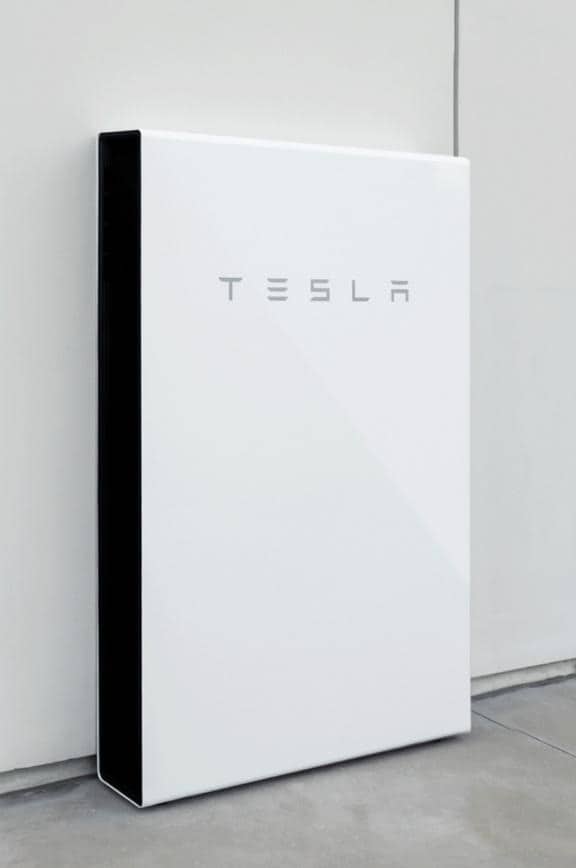Customers who install and register their Powerwall(s) between 11 August 2023, and 31 December 2023, will receive a $750 rebate for each Powerwall. You can install a single Powerwall or multiple Powerwalls. After your Powerwall(s) have been installed, connected to the internet and registered, you will be notified from the Tesla app to submit your rebate request. Once confirmed, Tesla will transfer the funds of your eligible rebate to your nominated bank account.
Eligibility
To be eligible for this offer, you must:
- Install Powerwall(s) between 11 August 2023, and 31 December 2023
- Have ordered Powerwall(s) from Tesla Certified Installers
- Connect your Powerwall(s) to the Internet and register your Powerwall(s)
- Submit your rebate request in the Tesla app
Tesla Powerwall Rebate FAQ
1. What is the eligibility period for the rebate? To be eligible for the rebate, you need to install Powerwall(s) between August 11, 2023, and December 31, 2023.
2. How do I request the rebate? After registering your Powerwall(s) with Tesla and connecting them to the Internet, you’ll receive a notification in the Tesla app starting in October 2023. Follow the notification to submit your rebate request. You’ll need to provide and confirm details about your order and installation for Tesla to process the transfer.
3. When is the deadline to submit rebate requests? Qualifying customers can submit rebate requests in the Tesla app starting from October 2023 until January 31, 2024.
4. What information do I need to provide for the rebate request? Customers eligible for the rebate will need to confirm specific details related to the order and installation, including the installation address.
5. How long does it take for the rebate to be processed? Once you’ve submitted your request in the Tesla app, the rebate will be processed and sent within 60 days.
6. Can I combine this rebate offer with other incentives? Yes, you can take advantage of this offer along with other incentives and offers.
7. What happens if my installation date changes? Your eligibility for the rebate is based on installations completed between August 11, 2023, and December 31, 2023. Installations occurring after December 31, 2023, will not qualify for the rebate. Additionally, your Powerwall(s) must be registered and connected to the Internet by December 31, 2023, to be eligible for the rebate.
Learn more via the Tesla Powerwall website here.
Request a Powerwall by clicking here.


